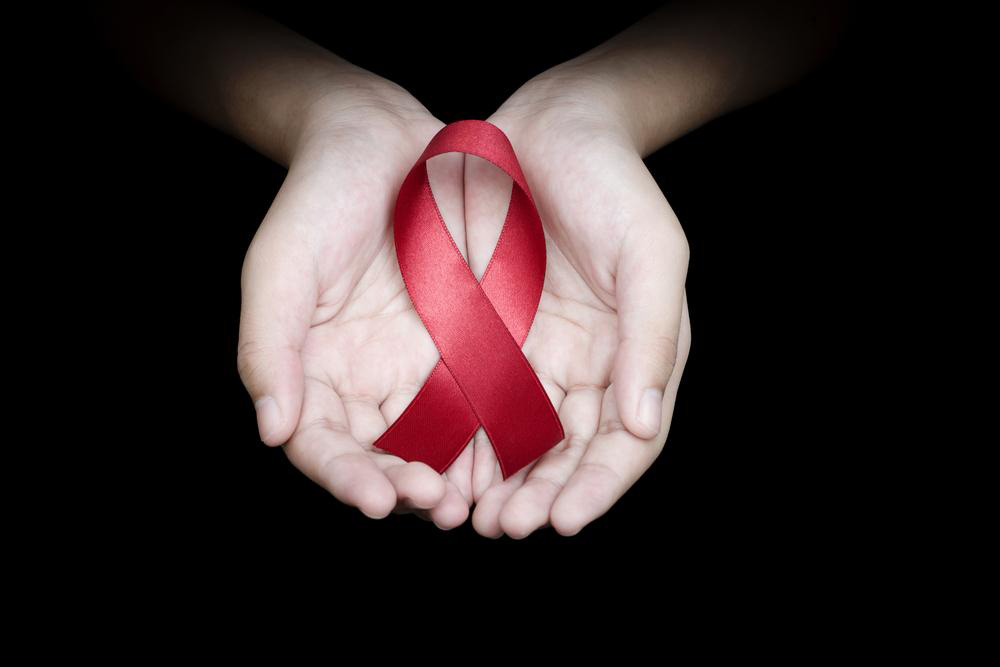Top 5 Ways HIV Is Transmitted
This article explores the primary ways HIV spreads, focusing on sexual contact, needle sharing, mother-to-child transmission, accidental exposures, and contaminated blood transfusions. Understanding these transmission routes is vital for prevention and awareness.
Sponsored

HIV is transmitted from an infected individual to a healthy person through various means, regardless of symptom presentation. The virus depends on a host to survive and cannot survive outside the human body, spreading primarily through body fluids. Understanding the main transmission routes is crucial for prevention and awareness.
Sexual Activity
The leading mode of HIV transmission is through unprotected sexual contact. Research indicates that approximately 95% of HIV cases originate from sexual exposure, particularly via unprotected anal and vaginal intercourse.
Oral sex poses a lower but still significant risk, especially if there are oral ulcers or bleeding gums involved, or if the partner is infected. Risk increases when ejaculation occurs in the mouth during oral sex with an infected individual. Conversely, saliva alone does not transmit HIV, making receiving oral sex less risky.
Needle Sharing
When needles or syringes are reused without sterilization, blood from an infected person can contaminate the equipment. If another person uses the same contaminated needle, they risk infection as the virus enters their bloodstream. Avoid sharing needles or syringes to prevent transmission.
Mother to Child Transmission
An HIV-positive pregnant woman can transmit the virus to her fetus through the umbilical cord during pregnancy. Post-birth, the virus can also spread through breastfeeding if the mother is infected.
Accidental Exposure
Healthcare workers and others handling blood are at risk of accidental HIV transmission via needle sticks or exposure to contaminated bodily fluids. Proper precautions, such as wearing gloves, are essential to minimize risk.
Blood Transfusions
Blood donations should be rigorously tested for HIV. Transfusing infected blood to an uninfected individual can result in infection, emphasizing the importance of safe blood screening practices.






